An ancient supercontinent called Gondwana included a continent called Argoland that was thought to be lost some 155 million years ago. Recently; however, scientists have miraculously located the continent in an unexpected place. It so happens that an ocean off of western Australia held the answers they were looking for all along.
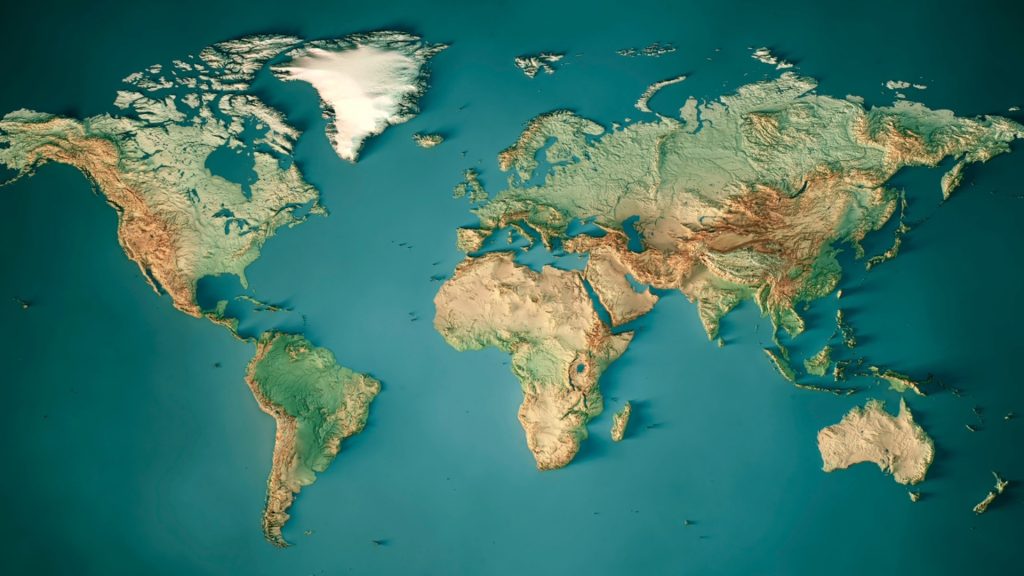
When Gondwana was broken up 155 million years ago, the supercontinent splintered into many different continents. Some of which proved easy to find, but Argoland evaded Scientists for years, and they recently discovered exactly why that was.
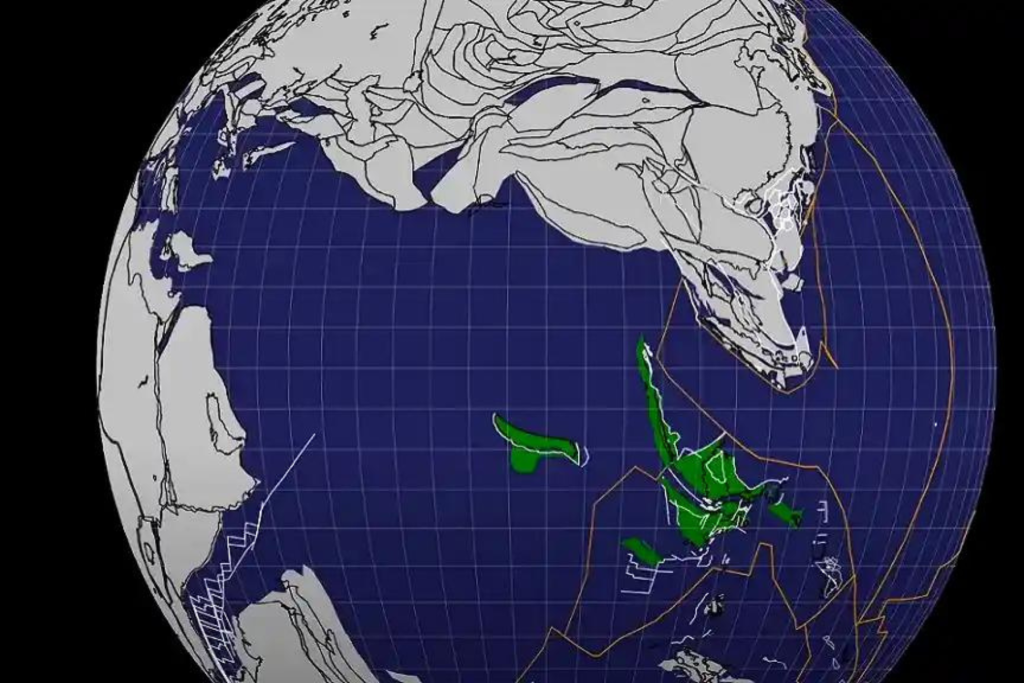
You would think a 3,100-mile-long piece of continent would be easy to locate, but researchers have been tracing the continent for years to no avail. However, their luck turned when they started looking into an ocean basin off of western Australia, called the Argo Abyssal Plain.
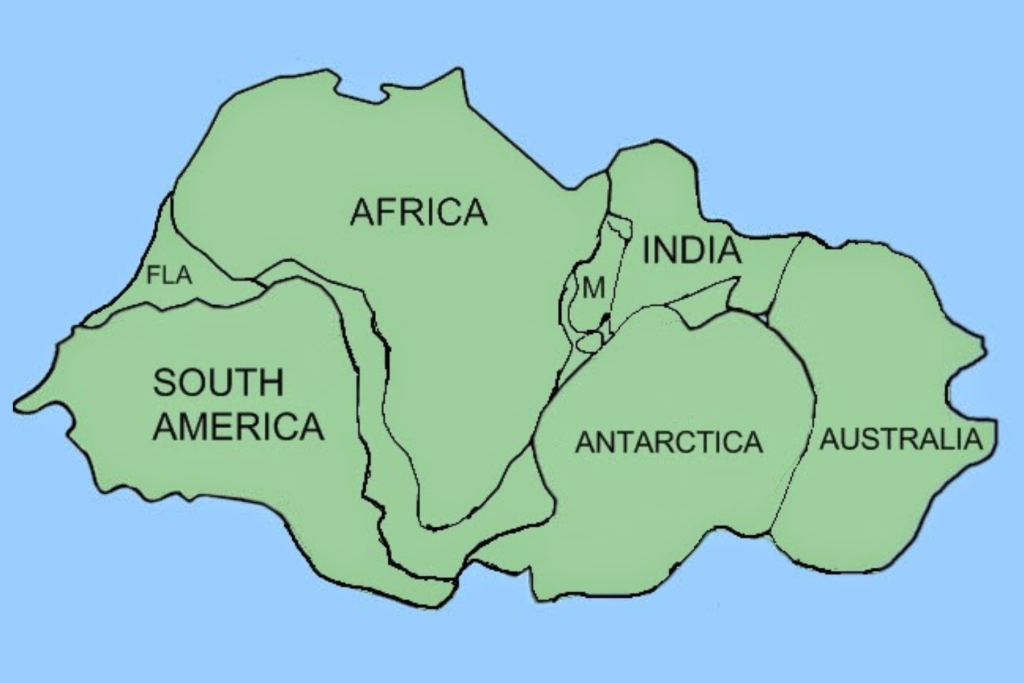
The supercontinent of Gondwana was thought to be larger than South America, Africa, India, Antarctica, and Australia combined. When it was splintered, it broke off into multiple continents, including that of Zealandia, which was only recently mapped and named the world’s eighth continent.
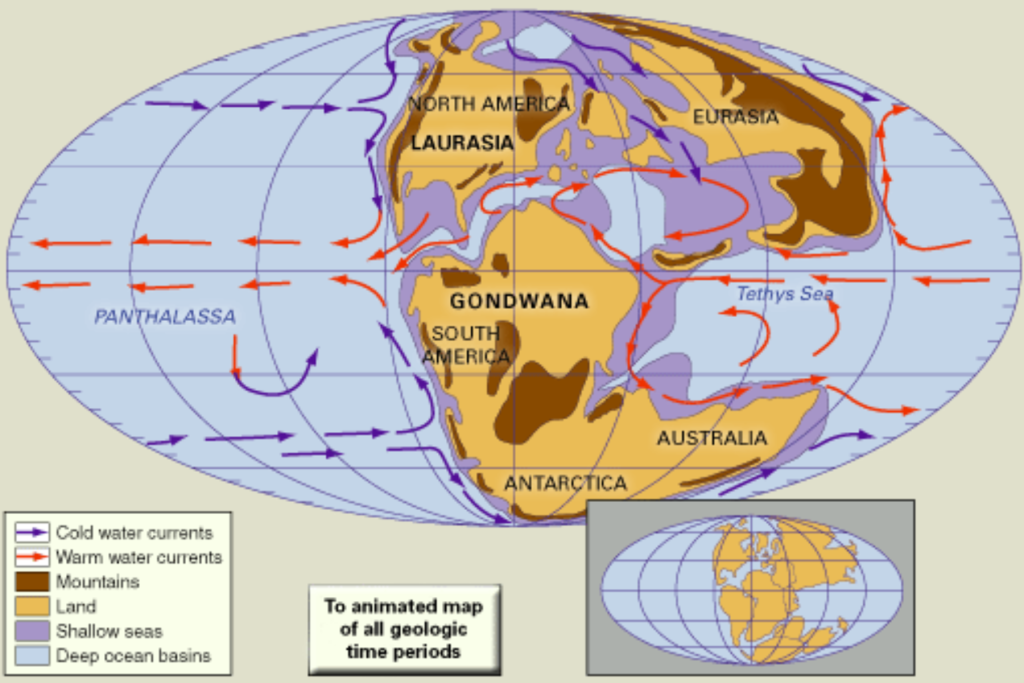
Some other splintered pieces fell away to the ocean, but scientists maintained that Argoland was somewhere waiting to be found. They were convinced that the basin hidden below Australia could be exactly where Argoland ended up.

Douwe van Hinsbergen, co-author of the study published in Gondwana Research stated, “The structure of the seafloor shows that this continent must have drifted off to the northwest and must have ended up where the islands of Southwest Asia are located today”.
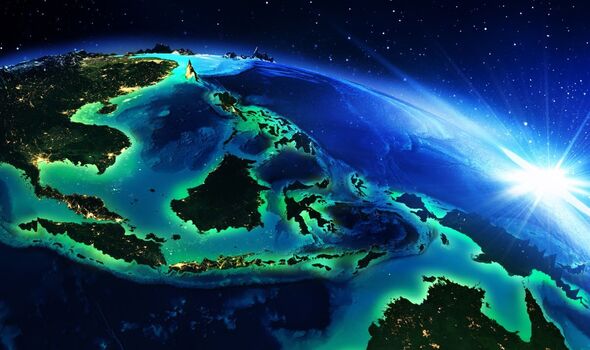
The researchers concluded that the reason it took so long to locate the lost continent of Argoland was that it did not remain intact after breaking off from the supercontinent.
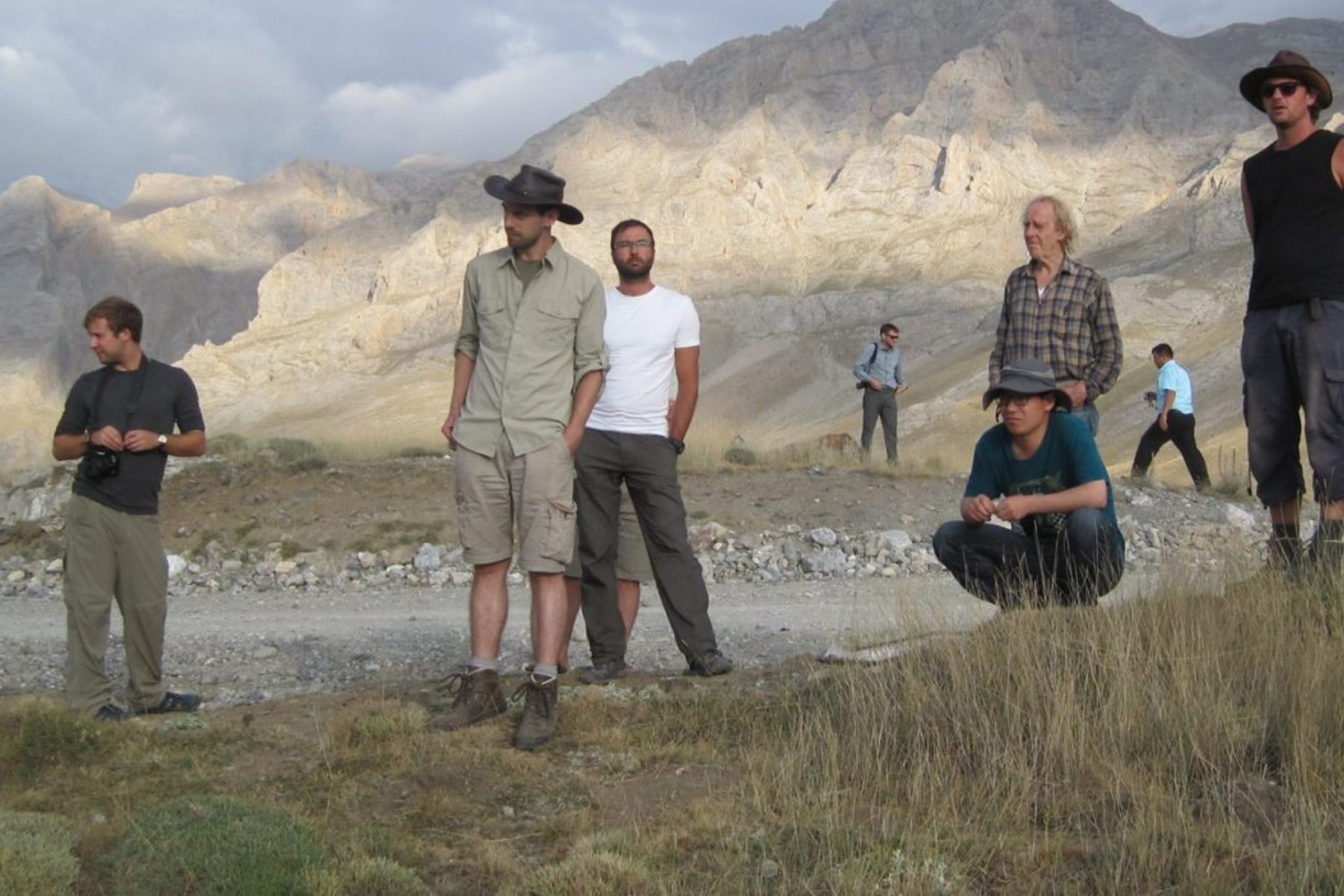
Rather, Argoland became further fragmented. van Hinsbergen’s colleague Eldert Advokaat explained, “The situation in southeast Asia is very different from places like Africa and South America, where a continent broke neatly into two pieces. Argoland splintered into many different shards. That obstructed our view of the content’s journey”.
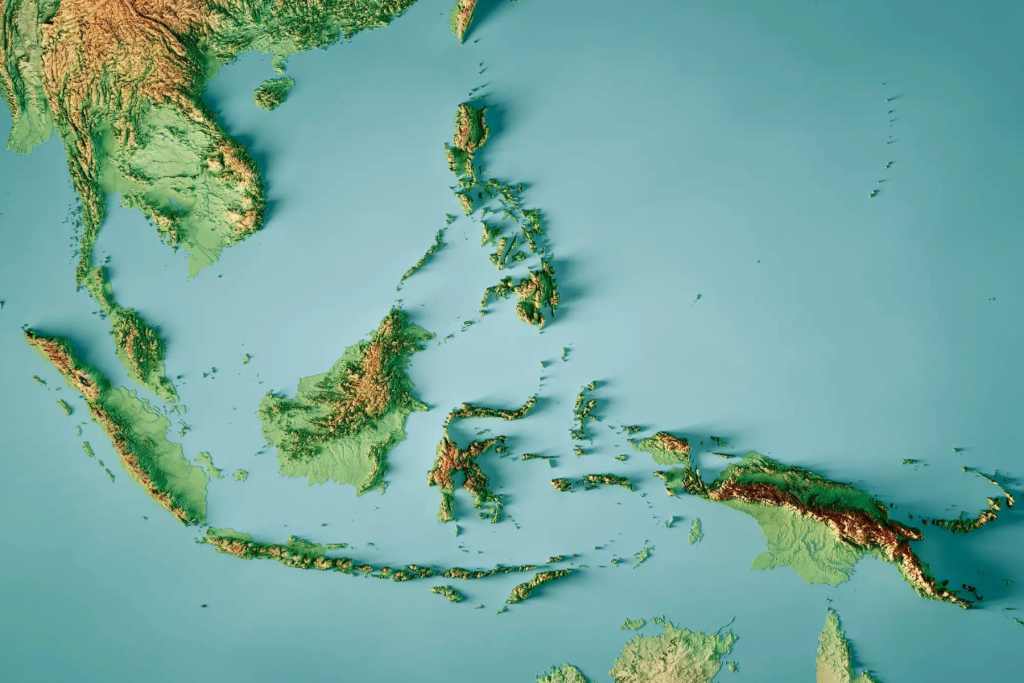
By the time the research team had come to this conclusion, they realized Argoland would look much more like the separate islands of the Philippines than the continent of India.
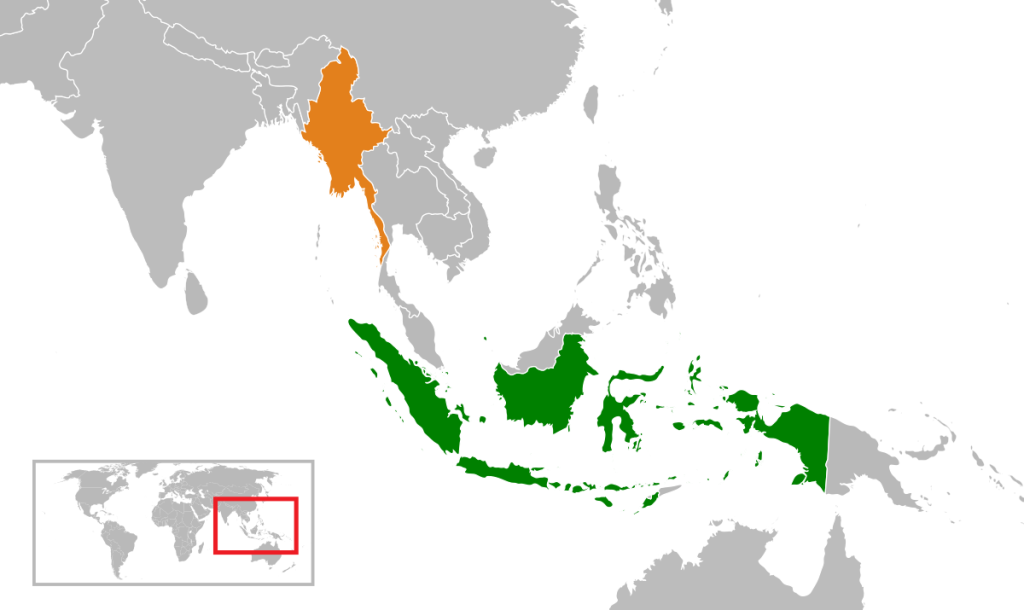
But they did locate pieces beneath Indonesia and Myanmar. The most recent discoveries were published in the study in 2024. The co-authors and other researchers agree that while not able to locate one entire continent, the ability to map the occurrences of a splintered continent from millions of years ago is a great geological accomplishment and lends itself to further research of the history and future discovery of our planet.





